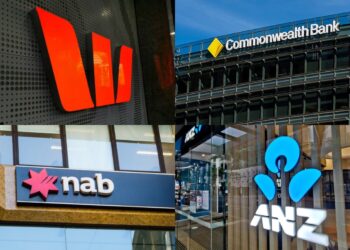Henderson chief executive Andrew Formica was in Sydney last week talking to Australian shareholders following the release of the asset manager’s full-year result.
Asked about the relative strengths of asset managers, Mr Formica said they are “capital light” businesses that can achieve top line growth via equity market expansion and savings growth.
Successful asset management businesses have an “entrepreneurial spirit” that features a lot of collaboration but also “individual talent and flair”.
But this means that there can be a “culture clash” when an asset manager is owned by a bank, Mr Formica said.
“Banks tend to like a single process, and asset managers don’t necessarily fit with the rest of the bank,” he said.
“You’ve often seen conflicts between running the asset management business and trying to build a different type of culture and focus away from what the bank is.
“Pay structures tend to be quite different between bank employees and asset management employees and that creates additional tension,” Mr Formica added.
Bank-owned asset managers typically have not done as well as independent asset managers – either in fund growth or investment performance, he said.
“Banks haven’t been known to be great at dealing with their employees in a way that engendered the long-term nature you need for asset management.
“There are some examples where it has been successful – there’s also a lot where it’s been unsuccessful. Banks have typically divested their asset management businesses since the GFC – mainly as a way for raising capital and shoring up their businesses.
“We haven’t seen many examples of them dipping back in and buying them back. But it wouldn’t be surprising,” Mr Formica said.
Read more:
Australian Unity buys government home care service
BT appoints general manager, insurance
Perpetual LIC delivers 6.7% in first half







